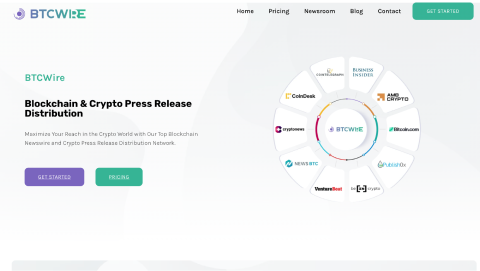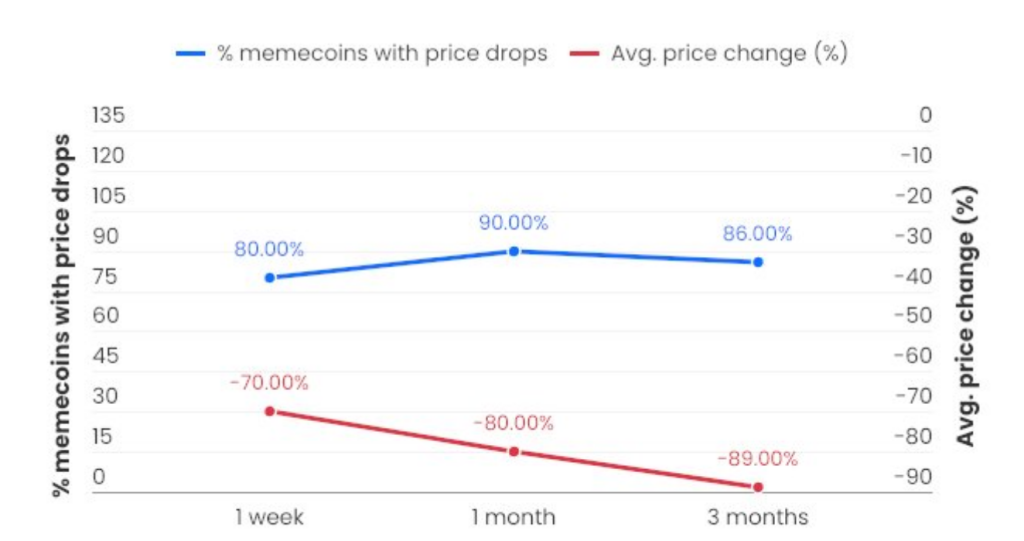
The misordered lines caused a solvency check to be performed before the user’s amount, factor and rewardDebt had been set to zero.
Disclaimer: The article has been updated to reflect that Omniscia did not audit a version of the MasterPlatypusV4 contract. Instead, the company audited a version of the MasterPlatypusV1 contract from Nov. 21 to Dec. 5, 2021.
The $8 million Platypus flash loan attack was made possible because of code that was in the wrong order, according to a post-mortem report from Platypus auditor Omniscia. The auditing company claims the problematic code didn’t exist in the version they audited.
In light of the recent @Platypusdefi incident the https://t.co/30PzcoIJnt team has prepared a technical post-mortem analysis describing how the exploit unravelled in great details.
— Omniscia (@Omniscia_sec) February 17, 2023
Be sure to follow @Omniscia_sec to receive more security updates!https://t.co/cf784QtKPK pic.twitter.com/egHyoYaBhn
According to the report, the Platypus MasterPlatypusV4 contract “contained a fatal misconception in its emergencyWithdraw mechanism,” which made it perform “its solvency check before updating the LP tokens associated with the stake position.”
The report emphasized that the code for the emergencyWithdraw function had all of the necessary elements to prevent an attack, but these elements were simply written in the wrong order, as Omniscia explained:
“The issue could have been prevented by re-ordering the MasterPlatypusV4::emergencyWithdraw statements and performing the solvency check after the user’s amount entry has been set to 0 which would have prohibited the attack from taking place.”
Omniscia audited a version of the MasterPlatypusV1 contract from Nov. 21 to Dec. 5, 2021. However, this version “contained no integration points with an external platypusTreasure system” and therefore did not contain the misordered lines of code.
It is important to note that the code that was exploited did not exist at the time of Omniscia’s audit. Omniscia’s point of view implies that the developers must have deployed a new version of the contract at some point after the audit was made.
Related: Raydium announces details of hack, proposes compensation for victims
The auditor claims that the contract implementation at Avalanche C-Chain address 0xc007f27b757a782c833c568f5851ae1dfe0e6ec7 is the one that was exploited. Lines 582–584 of this contract appear to call a function called “isSolvent” on the PlatypusTreasure contract, and lines 599–601 appear to set the user’s amount, factor and rewardDebt to zero. However, these amounts are set to zero after the “isSolvent” function has already been called.

The Platypus team confirmed on Feb. 16 that the attacker exploited a “flaw in [the] USP solvency check mechanism,” but the team did not initially provide further detail. This new report from the auditor sheds further light on how the attacker may have been able to accomplish the exploit.
The Platypus team announced on Feb. 16 that the attack had occurred. It has attempted to contact the hacker and get the funds returned in exchange for a bug bounty. The attacker used flashed loans to perform the exploit, which is similar to the strategy used in the Defrost Finance exploit on Dec. 25, 2022.

You can get bonuses upto $100 FREE BONUS when you:
💰 Install these recommended apps:
💲 SocialGood - 100% Crypto Back on Everyday Shopping
💲 xPortal - The DeFi For The Next Billion
💲 CryptoTab Browser - Lightweight, fast, and ready to mine!
💰 Register on these recommended exchanges:
🟡 Binance🟡 Bitfinex🟡 Bitmart🟡 Bittrex🟡 Bitget
🟡 CoinEx🟡 Crypto.com🟡 Gate.io🟡 Huobi🟡 Kucoin.



















Comments